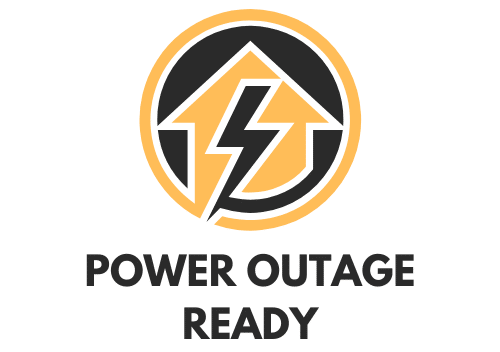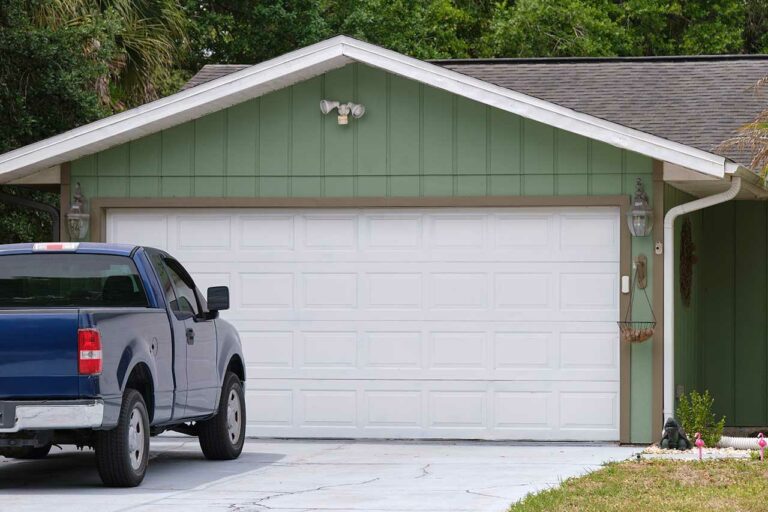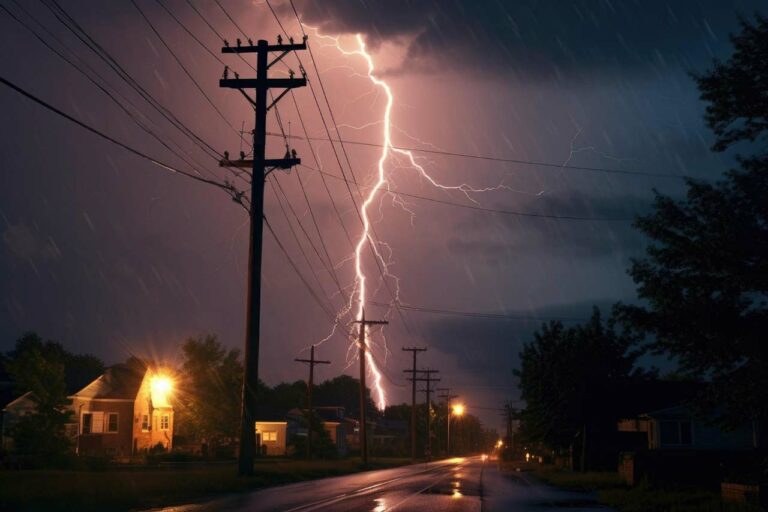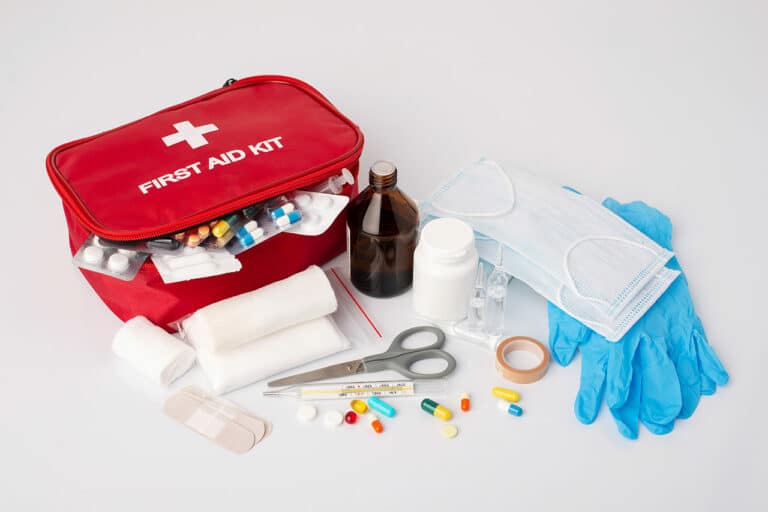What To Do When A Power Outage Happens: Immediate Tips and Safety Precautions
Power outages can strike unexpectedly. Knowing what to do when the power goes out is crucial for staying safe and minimizing inconvenience. Whether it’s caused by a storm, equipment failure, or even human error, being prepared for a power outage helps you stay cool and calm in the face of an untimely disruption.
As you navigate the power outage, remember that staying informed and keeping a level head are your best allies. With some preparation and a clear plan of action, you can minimize the impact of a power outage on your life and get through it with confidence.
What To Do Immediately
When the lights go out, your first step should be to confirm that the issue is an actual power outage, and not a tripped breaker in your home. Check your main electric panel and ensure everything is in in the “On” position. If not, you can just flip the breakers to their appropriate positions and restore your power.
Once you’ve checked your breaker box and established that the power outage is real, it’s time to focus on your safety and comfort. Here’s what to do right away to deal with this situation like a pro.
1. Unplug Your Appliances
ASAP. Even a short-term outage can cause power surges that can damage major electronics in your home. If you don’t have computers, TVs, radios, and other sensitive electronics in surge protectors, unplug those too. Then, buy some surge protectors and remedy that problem as soon as the power’s back on it.
2. Turn off all heating units.
Along with unplugging major appliances and sensitive electronics, turn off, or even unplug, any space heaters, stoves, or other heating units. If the power comes back on suddenly, these can pose a fire hazard if they were left unattended.
3. Keep your fridge and freezer closed.
When a power outage hits isn’t the time to be heading to the fridge for a snack. Your refrigerator can keep foods at a safe temperature for about 4 hours ounce the power goes out, but only if it’s undisturbed. So, leave that fridge alone. If you want to stress-eat, grab something from the pantry.
4. Find a light source.
Ideally, you already have some back-up lights stored in your home for power outages. Locate them and keep them with you.
Don’t use your phone as a light source. The flashlight feature of a smart phone is a serious battery-drainer.
And don’t wait until it gets dark before you start looking for your lighting supply. Since you never know how long a power outage will last, it’s best to go ahead and get your lights close at hand.
Note: Avoid candles if possible. It’s always better to avoid an open flame in a power outage when you can.
5. Check on neighbors and vulnerable individuals.
If it’s safe to do so, quickly check on neighbors, especially the elderly, those with young children, or individuals with disabilities. Some might require assistance, especially if they rely on powered medical equipment.
6. Shelter in place.
In the immediate aftermath of a power outage, it’s usually safest to stay where you are. This is especially true if a power outage is caused by a storm, flood, or other natural disaster that makes being outdoors hazardous.
But even power outages not caused by weather can create issues that may make leaving your location hazardous. For example, blackouts typically take out traffic lights, which increases the risks of driving on the roads.
7. Grab your handy-dandy weather radio.
Having your weather radio at hand can keep you informed about power outages caused by weather, and give you a better idea of when an outage might end.
Other Immediate Steps You Might Take During a Power Outage
While the above steps provide a foundational guide for handling most power outages, the specific measures you might take can vary based on the time of year, the cause of the outage, and your particular circumstances. Here are some additional tailored actions to consider:
Adjust for Seasonal Concerns
Winter
- Find clothes that you might need as the outage goes on to maintain body heat. Woolen sweaters, thermal underwear, socks, and even hats can help in preserving warmth.
- Close off unused rooms to prevent cold air from permeating warm spaces.
- Consider setting up a tent indoors if it’s getting late, or find sleeping bags and other warm blankets, so you’ll be ready if you have to sleep in the cold.
Summer
- Close blinds, shades, or curtains to prevent the greenhouse effect from heating your home further.
- Change into lightweight, loose-fitting clothing.
- Drink plenty of water even if you don’t feel thirsty.
- Use battery-operated fans if you have them.
- Consider going to a cooler part of the house, like a basement if available.
Secure External Elements
If the outage is due to a storm, secure or bring inside any outdoor furniture, toys, or other items that could be blown away or cause damage.
Communicate with Others
Send a text or make a quick call to let someone outside of your area know you’re experiencing a power outage. That way they can provide updates or check in on you if needed.
Prepare for Medications and Special Needs
If someone in your household depends on electric-powered, life-sustaining equipment, have a backup power source ready or a plan to relocate the individual to a safe location.
Keep a cooler and ice packs handy for medications that need to be refrigerated.
Resilience in Darkness
Power outages, while inconvenient, are a testament to our ability to adapt and persevere in challenging situations, and knowing what steps to take in the immediate aftermath of an outage can save you a lot of problems when the lights come back on.
So, when faced with a power outage, don’t sweat it. Focus on the basics and take things one step at a time. With these immediate measures in place, you’re well-equipped to handle most outages with ease and assurance.







